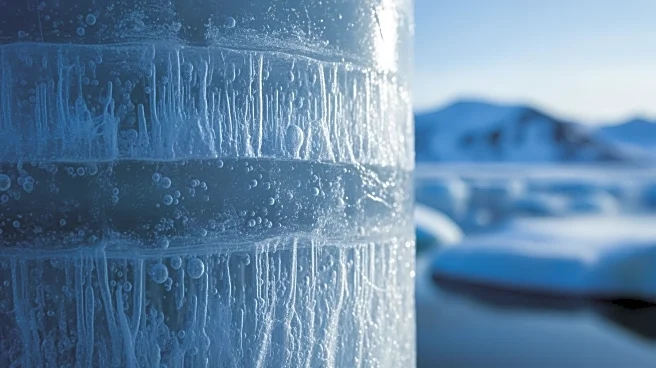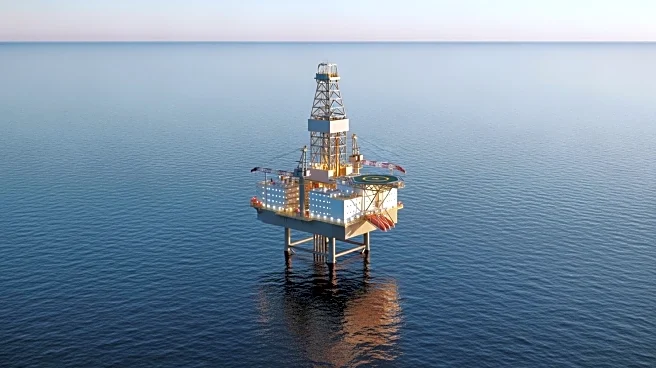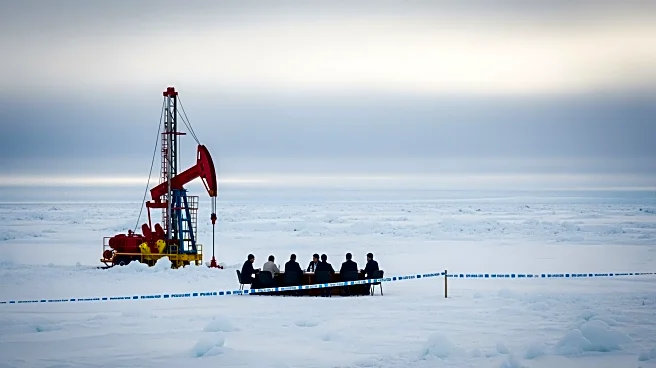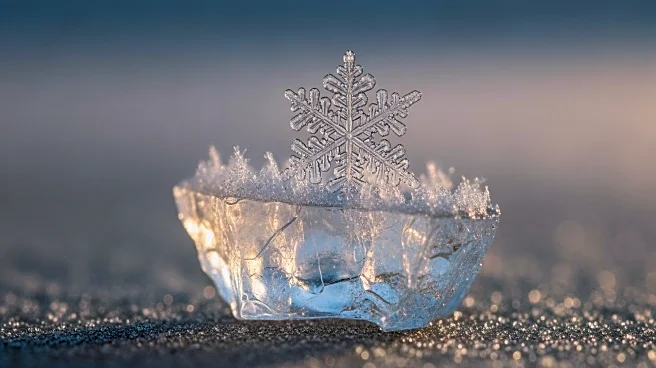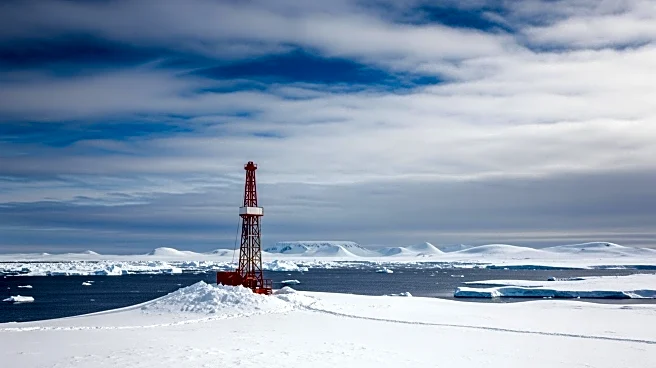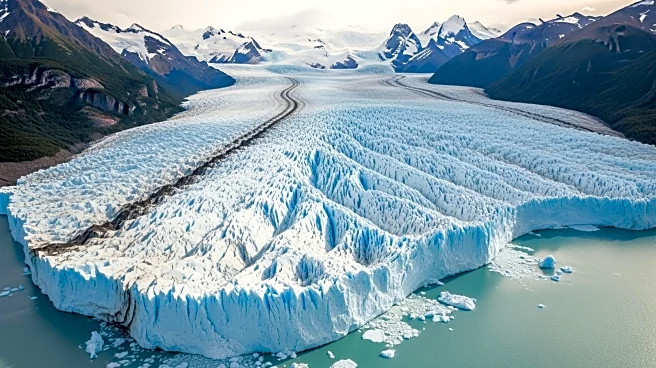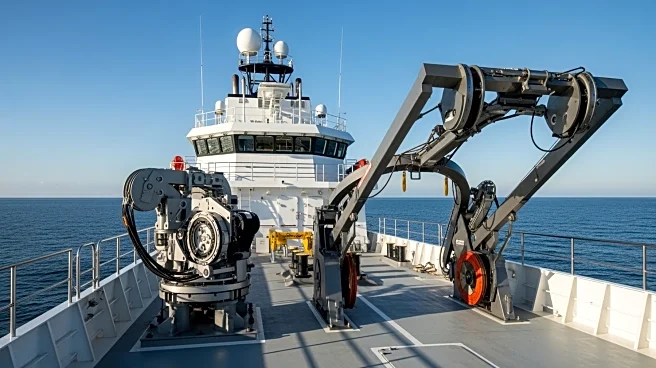What's Happening?
Scientists from the University of Colorado Boulder have uncovered ancient microbes in the Arctic permafrost of Alaska, dating back tens of thousands of years. These organisms were found in the Permafrost
Tunnel Research Facility, a site that extends over 350 feet long and 50 feet underground. The microbes, preserved since the last ice age, have been reawakened due to rising global temperatures causing rapid permafrost melting. The research, published in JGR Biogeosciences, involved incubating the permafrost samples at warmer temperatures to simulate future climate conditions. Over six months, the microbes formed colonies and a biofilm, indicating their resilience and potential to release carbon dioxide as they decompose organic matter.
Why It's Important?
The discovery of these ancient microbes is significant due to the potential environmental impact. As permafrost melts, it could release large amounts of carbon dioxide and other greenhouse gases, exacerbating climate change. The permafrost contains approximately 1.5 trillion metric tons of carbon, and its decomposition could lead to more frequent extreme weather events, rising sea levels, and disruptions in agriculture. Additionally, there is concern that dormant viruses could be revived, posing further risks. This situation underscores the urgency for increased research funding and public awareness to address the challenges posed by melting permafrost.
What's Next?
The findings highlight the need for immediate action to mitigate the effects of permafrost melting. Scientists are calling for more research to understand the full implications of these microbial activities and to develop strategies to preserve the permafrost layer. Public engagement and support for scientific research are crucial in addressing these environmental challenges. The situation presents an opportunity for policymakers and researchers to collaborate on solutions to prevent further climate-related disruptions.
